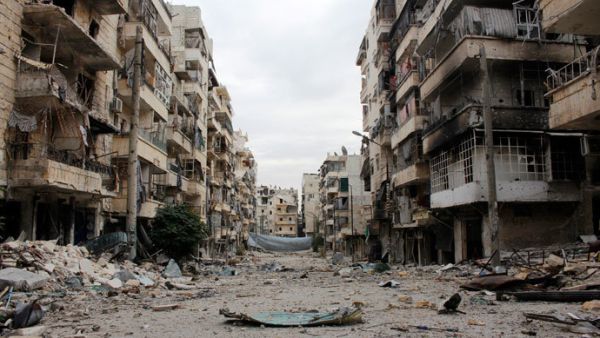Last week, a US strike killed at least 22 people at a Doctors Without Borders hospital in the Afghan city of Kunduz. Since then, the medical organization has called an investigation into the action. And while US officials have ruled the attack a mistake, the international community is demanding more answers.
Meanwhile, the UN Human Rights Council has suggested it may constitute a war crime. But in reality, the Kunduz strike is only the most recent of example of a long list of those.
So what does that actually mean?
These are perameters outlined and internationally agreed upon in just over 150 years ago at the Geneva Convention, and they're meant to shield non-participants, prisoners and the wounded from being targetted.
Of course, if you follow any of the conflicts sprawled across MENA, Afghanistan and Pakistan, you know these rules have been broken too many times to count— think Gaza 2014, Syrian barrel bombs, the 2013 chemical attack in Ghouta and basically everything Daesh (ISIS) has ever done in Syria and Iraq, to name a few.
Nonetheless, the US strike has renewed a discussion about what — and whose— actions might actually constitute war crimes. On social media, it's sparked the reshare of a nice video made by the International Community for the Red Cross for the Geneva Convention's 150th anniversary last August.
The animation explains in simple terms the rules of engagement, the next question is what to do about it.
Watch it below. Via YouTube.







